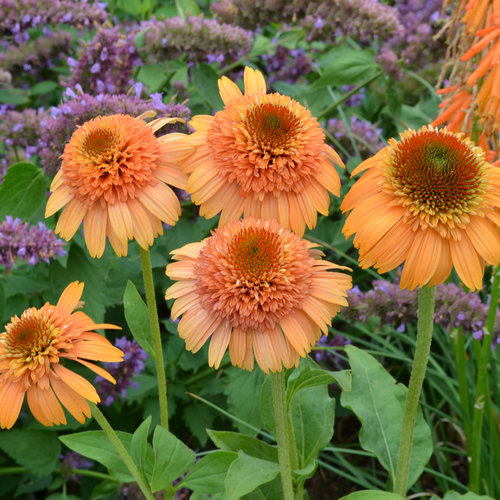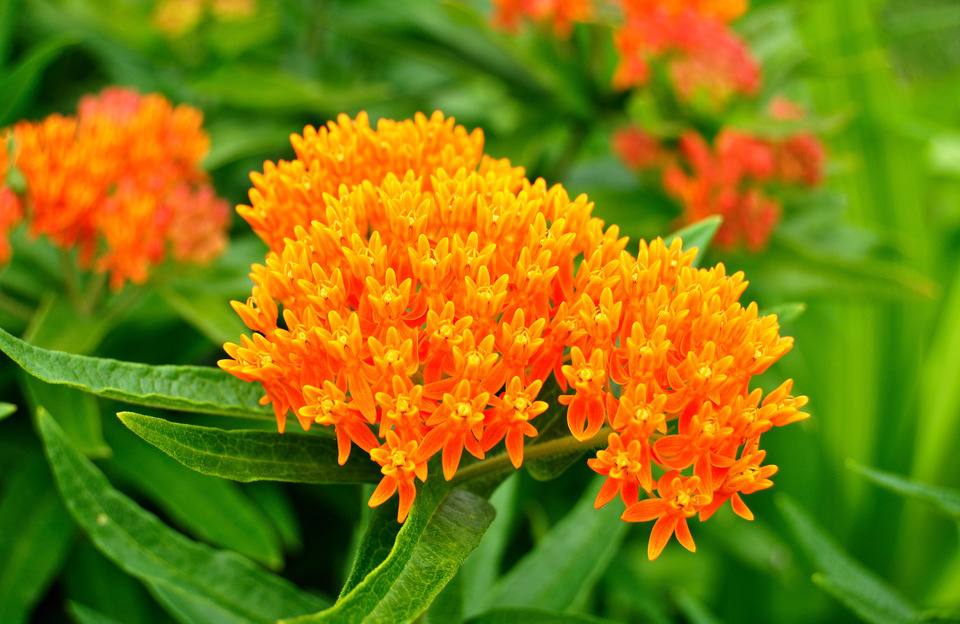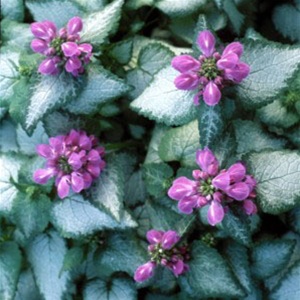Description
 Supreme™ Cantaloupe Coneflower
Supreme™ Cantaloupe Coneflower
Echinacea purpurea
- Part Sun to Sun
The optimum amount of sun or shade each plant needs to thrive: Full Sun (6+ hours), Part Sun (4-6 hours), Full Shade (up to 4 hours).
- Summer
- Fall
FEATURES
- Unique Color,
- Upright Habit,
- Attracts Hummingbirds
CHARACTERISTICS
Perennial
Medium
24 – 36 Inches
24 – 36 Inches
24 – 36 Inches
Orange
Orange shades
Green
Green Shades
Upright
Thriller
PLANT NEEDS
Part Sun to Sun
Easy
Summer
Late Summer
4a, 4b, 5a, 5b, 6a, 6b, 7a, 7b, 8a, 8b, 9a, 9b, 10a, 10b
Average
Container
Cut Flower
Landscape
Mass Planting
Specimen or Focal Point
Long Blooming, Drought Tolerant
The flowers are absolutely the color of a ripe cantaloupe! Echinacea SUPREME™ ‘Cantaloupe’ is just as delicious as its name. This delightful semi double Coneflower resembles a gerbera daisy in the early stages. As SUPREME™ ‘Cantaloupe’ begins to open a dark brown eye is surrounded by the ripe cantaloupe orange petals. As the flower matures, the pom pom center turns orange surrounded by a flurry of petals




Reviews
There are no reviews yet.